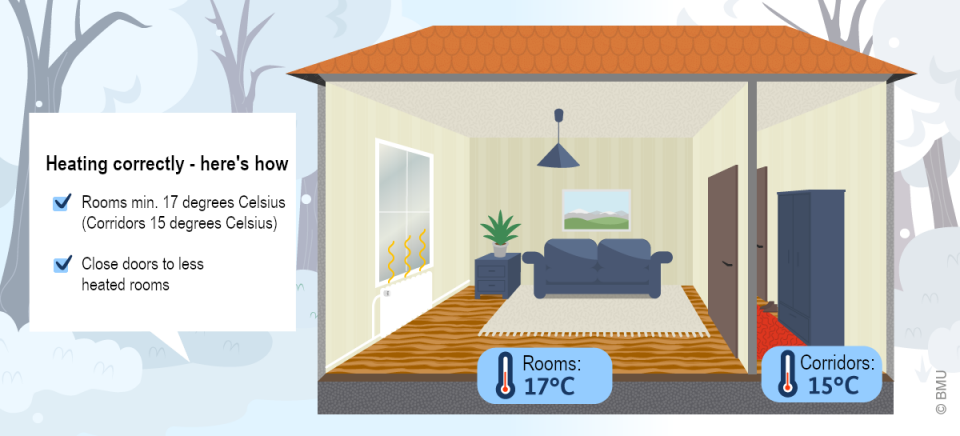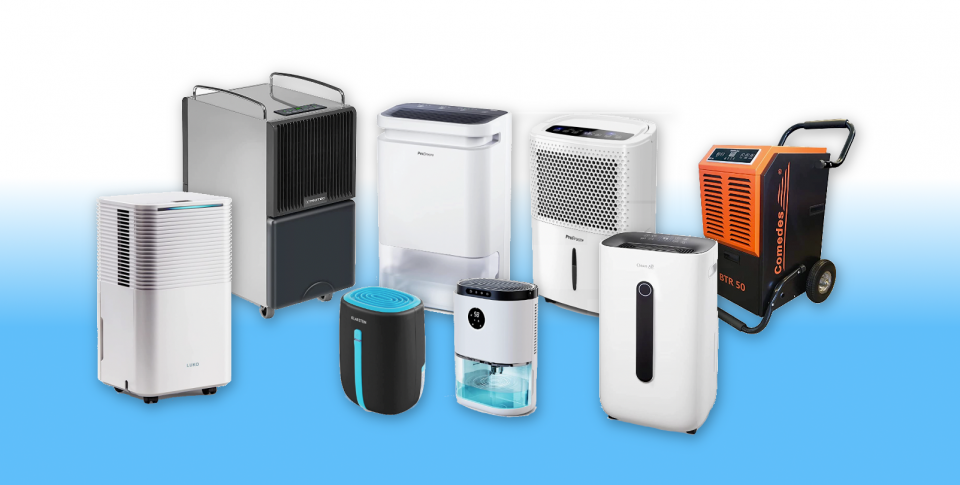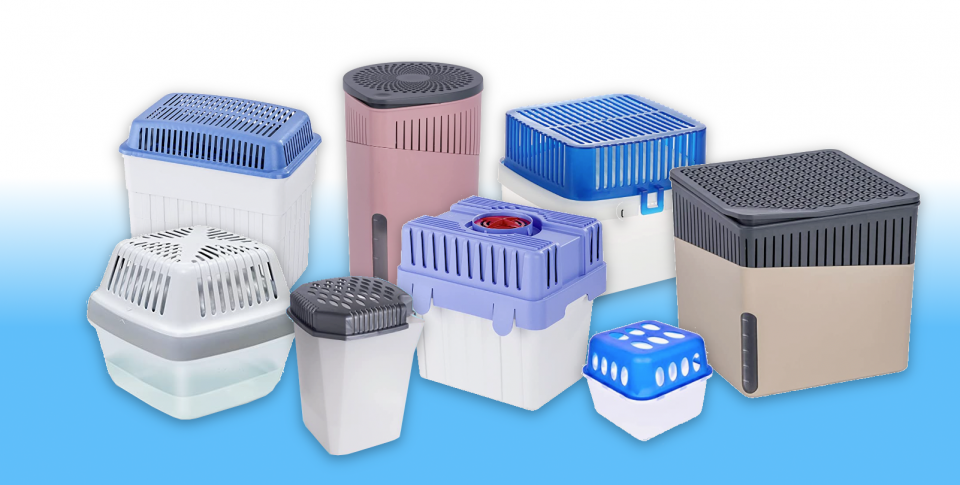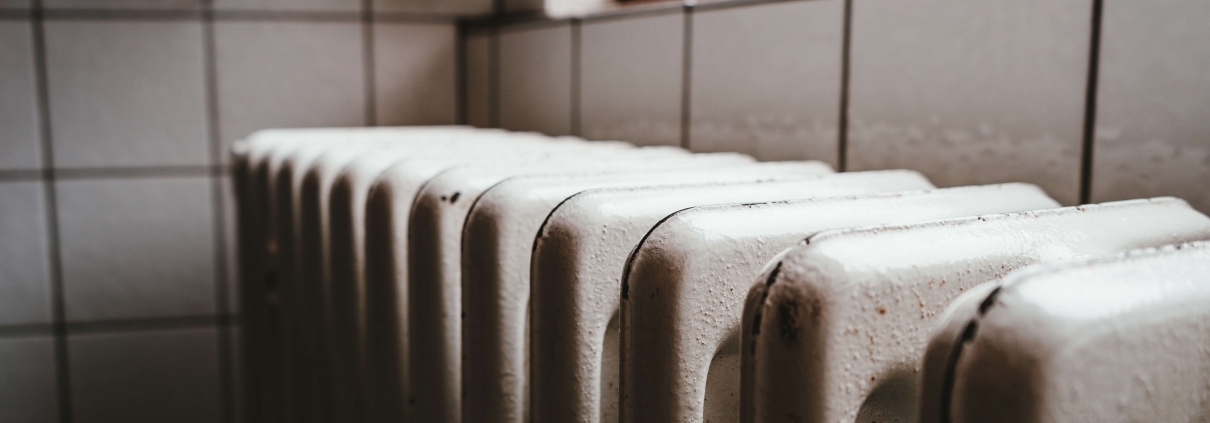How cold is too cold? How the balancing act between heating, ventilation and the risk of mold can succeed
Exploding energy costs are forcing many people to conserve heating this winter 2022/23. When does the risk of mold in cold apartments increase? What alternatives are there to heating and ventilation?
Since the outbreak of the war in Ukraine and the subsequent energy crisis, “saving energy” has become more topical than ever. The German government has repeatedly called for people to be economical in their consumption of electricity and gas, to find and exploit potential savings in industrial plants, offices and homes. In 2018, 18,147 kilowatt hours of energy were consumed per household for living in Germany. Heating consumed the largest share of this energy, accounting for 73 percent. This winter, according to the German government, temperatures in the home and office should be reduced by at least one to two degrees, thus saving gas. In its energy-saving ordinance, for example, a maximum temperature of 19 degrees was adopted in public buildings.
Due to the extreme rise in gas prices, many people are also considering whether they can save further energy costs by heating even less. But even if you pragmatically just put on another warm sweater, you shouldn’t let your house and apartment cool down too much. After all, the risk of mold increases in cold rooms.
Mold risk increases in cold apartment
The risk of mold indoors is significantly influenced by the combination of humidity and temperature. When humidity is high, the risk of mold growth also increases. Each person in the household releases up to 3 liters of liquid a day into the indoor air, for example, through showering, cooking, breathing and drying laundry. This moisture, as well as moisture in the masonry, can promote mold growth.
The mold problem is greater in the cold season than in spring or summer because cold air can physically absorb less moisture than warm air. The water in the air then condenses on colder surfaces: visible, for example, on the typical fogged windows in the car and in the home. But condensation also forms on exterior walls that are too cool and can increase the risk of moisture penetration and thus mold growth there.
Mold infestation poses health risks
Experts associate mold infestation with lung and allergy diseases. The spores can trigger allergic reactions and aggravate already existing diseases – especially of the respiratory tract. People with pre-existing health conditions and immunocompromised people in particular should avoid rooms with mold.
In addition to the health risk, the German tenant protection federation (Mieterschutzbund) points out that in Germany mold and black stains are defects of the rental property. Thus, the landlord is obliged to remove these damages and the tenant is entitled to a rent reduction. However, not if the tenant causes the damage himself because he has not heated and aired enough.
Prevent the risk of mold
To counteract the risk of mold, you should keep an eye on the humidity when it gets colder. The lower the indoor temperature, the lower the humidity should be. Experts recommend a relative humidity of between 40% and 60%. At low room temperatures, it is better to keep the relative humidity below 50%.
What are the ways to reduce humidity?
The common method to reduce the risk of mold in winter is the interaction between heating and ventilation. Heating ensures that warmer air can better absorb and retain moisture. At the same time, surfaces and walls warm up, reducing the temperature difference and allowing less water to condense there. During (shock) ventilation, the moisture is then transported outside. Temperature differences of more than five degrees between rooms within the home can just as quickly lead to a mold problem if warm, moist air from one living space enters cooler rooms. For this reason, doors should always be closed between rooms in the home that are heated to different degrees. The German Federal Ministry for the Environment, Nature Conservation, Nuclear Safety and Consumer Protection (BMUV) recommends heating living rooms to at least 17 °C.

Source: Federal Ministry for the Environment, Nature Conservation, Nuclear Safety and Consumer Protection (BMU)
However, when airing the apartment inevitably cools down again. The temperature also drops quickly during shorter bursts of airing in winter. Therefore, we asked ourselves what other options are there to reduce humidity and energy costs at the same time?
Electric dehumidifier

Electric dehumidifiers are offered in many variations and sizes: From small table dehumidifiers to professional building dryers. The devices can reduce the humidity in the room air and thus prevent mold growth. Many devices are equipped with ionizers and dust filters, cleaning the air at the same time. However, you have to keep a close eye on the consumption of the device and the current electricity prices. Because electricity consumption and costs could quickly be higher than the supposedly saved heating costs.
Passive air dryers

Much cheaper than electric dehumidifiers are passive air dryers. They typically use calcium chloride to absorb moisture from the air. A granite block of calcium chloride is stored in an air-permeable container and removes excess moisture from the room air, preventing condensation. Calcium chloride is harmless according to current knowledge and is also used in food.
We wanted to know exactly how effective such a passive air dryer is, so we conducted the following test:
In two rooms of different sizes (15 m2 and 8 m2), we placed one passive air dryer each as a room dehumidifier with 1 kg of calcium chloride in matching containers with catch basins for the extracted water. In both rooms, an average relative humidity of 67% prevailed before the start of the experiment. This value is too high for the winter months. It should be below 50% if possible.
A positive effect set in quite quickly in both rooms and the relative humidity dropped by 10 percentage points to 57% within two days. However, no further reduction could be observed within the further test period of 10 days.
From our test, we can therefore draw the conclusion that passive calcium chloride-based air dryers can definitely counteract high humidity. However, in our experiment, too much basic humidity still remained in the air, which, at 57% on average, continues to promote mold growth in winter.
Especially in the current energy crisis, it makes sense to constantly monitor indoor temperature and humidity. In this way, balanced steps can be taken which, on the one hand, save as much energy as possible and, on the other hand, do not endanger health due to mold growth.
Companies can find holistic solutions at Breeze Technologies to determine the level of heating and potential savings based on data, without the risk of encouraging mold growth. Our indoor solutions measure not only pollutants but also humidity and temperature for an optimal indoor climate for your employees.



